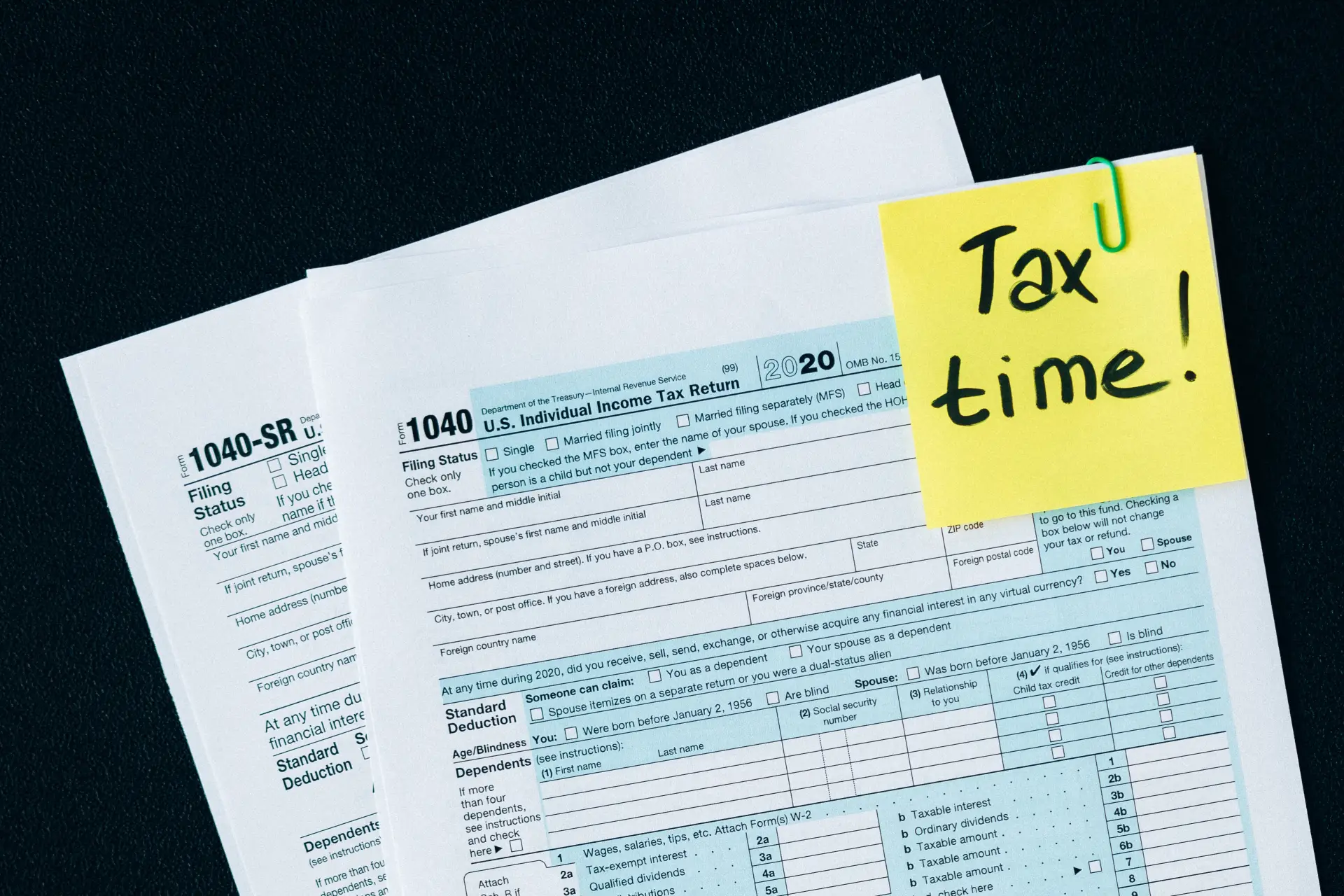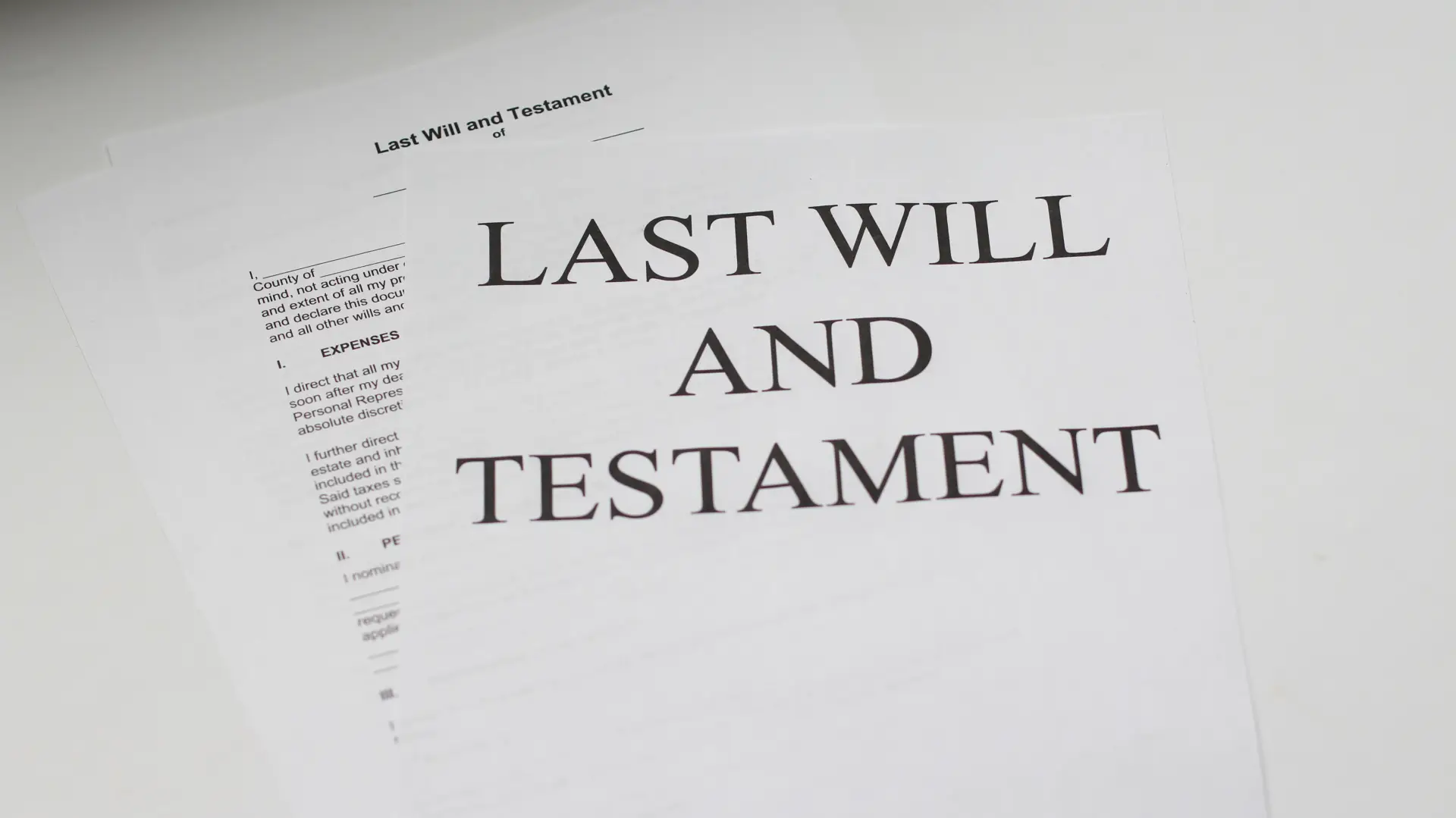When facing a retirement tax bomb, you must choose from the three best strategies to diffuse it. These include; implementing asset location, shifting your retirement savings from pre-tax accounts to Roth and HSA accounts, and executing Roth conversions.
The smart decision would be to shift your savings as your strategy since it is extremely simple to implement and will resolve your issue quickly. Here’s how you can reduce the damage of a retirement tax bomb with one simple shift.
Shifting Savings
You can shift your savings in two ways, either you choose to shift your retirement savings from pre-tax accounts to Roth or shift your retirement savings from pre-tax accounts to HSA accounts.
From Pre-Tax to Roth
The easiest solution to implement is simply changing your retirement plan contributions from pre-tax to Roth. With this, you might lose out on the tax deduction for the ongoing year, and you will have to explain that to your accountant and the reason for the change.
But, all company matches are tax-deferred. Even if you switch to a hundred percent Roth account, the employer match and your investment return mean the tax-deferred account will still grow.
There are many individuals out there who are not aware of their Roth options in their 403(b) or 401(k). For some reason, they are unsure whether they can contribute to one because they fear there might be some income limitations. However, it is not the case.
Income restrictions are only in the case of a Roth IRA. It is crucial to find out if your retirement plan has a Roth option that you can avail of.
As for a Roth IRA, you can make contributions to them if you are eligible. You need to have a certain limit of income (low) to save in a Roth IRA. Last year the eligibility income limit for singles was $129k and for couples, $204k.
Once you meet the eligibility criteria, you can contribute as much as $6k of earned income. Moreover, you can add an extra 1k as the ‘catch up’ contribution if you are fifty or older. Lastly, it allows you to go beyond and contribute to your partner’s Roth IRA, given that you have a high income and can do so easily.
One of the main advantages of a tax-deferred account is the tax deduction you receive in the year of contribution. In 2022, the eligibility to make a tax-deferred contribution to an IRA was $68k for singles and $109k for couples.
Final Verdict
Shifting your savings to tax-free Roth accounts makes all the difference in your retirement security and after-tax wealth.




